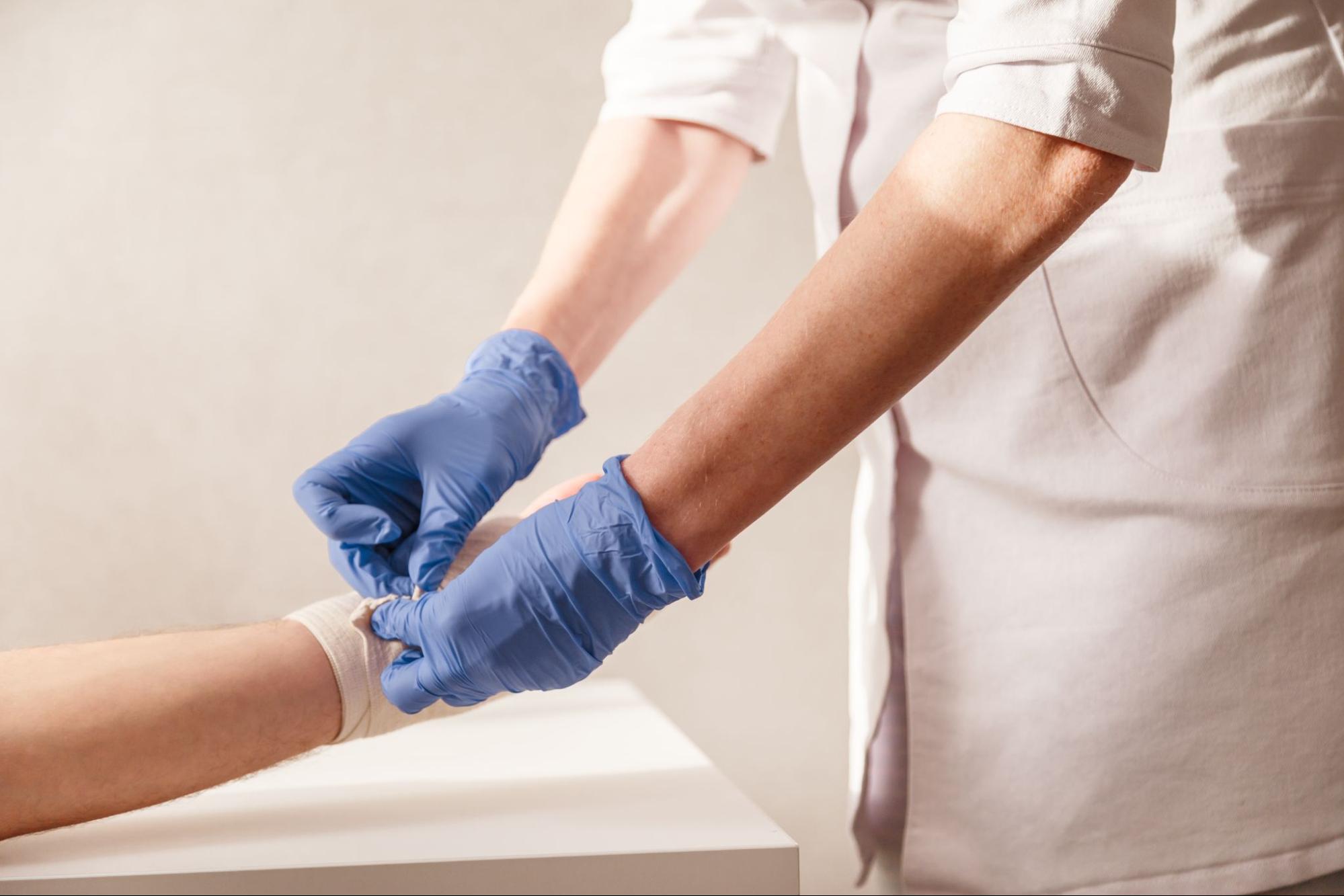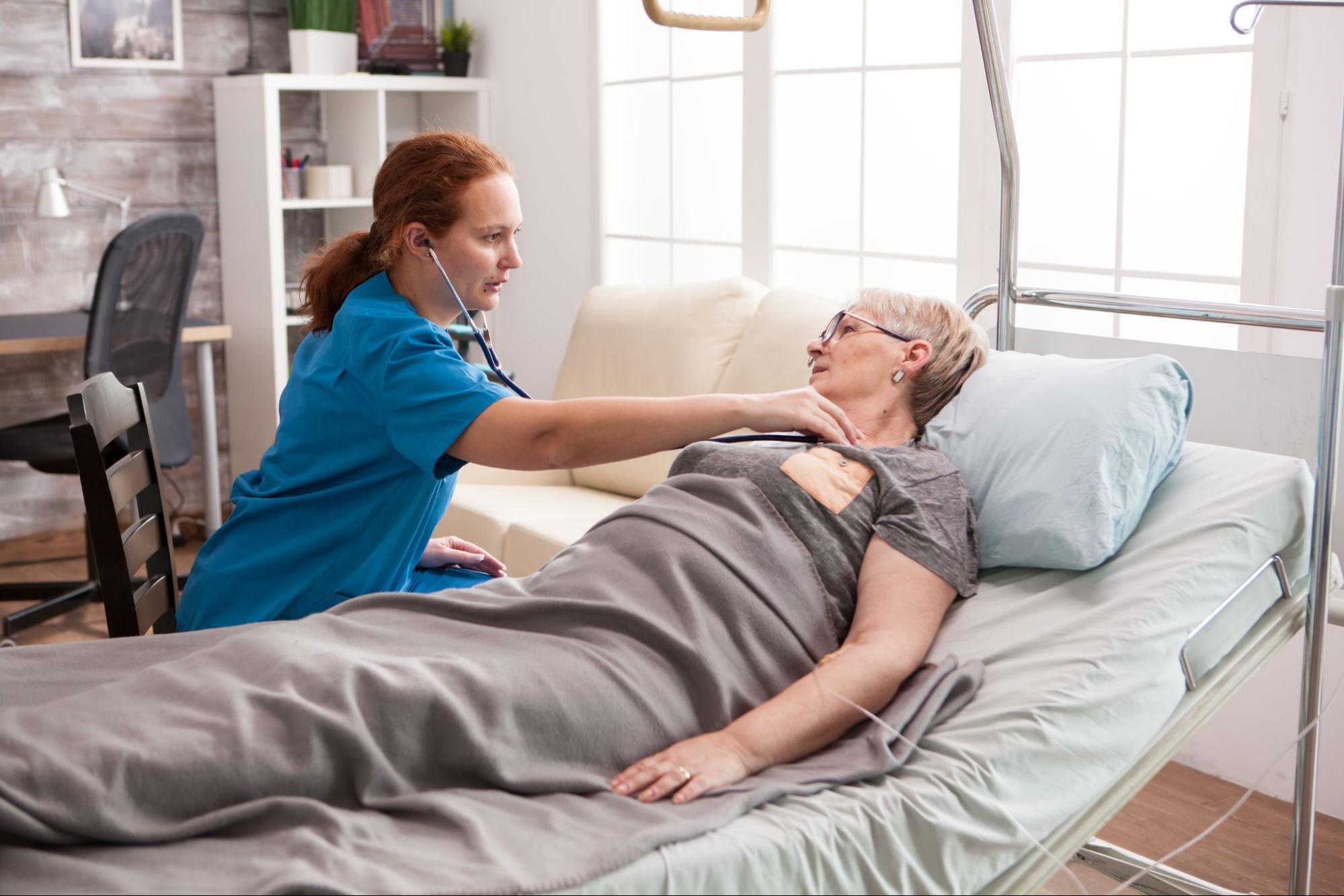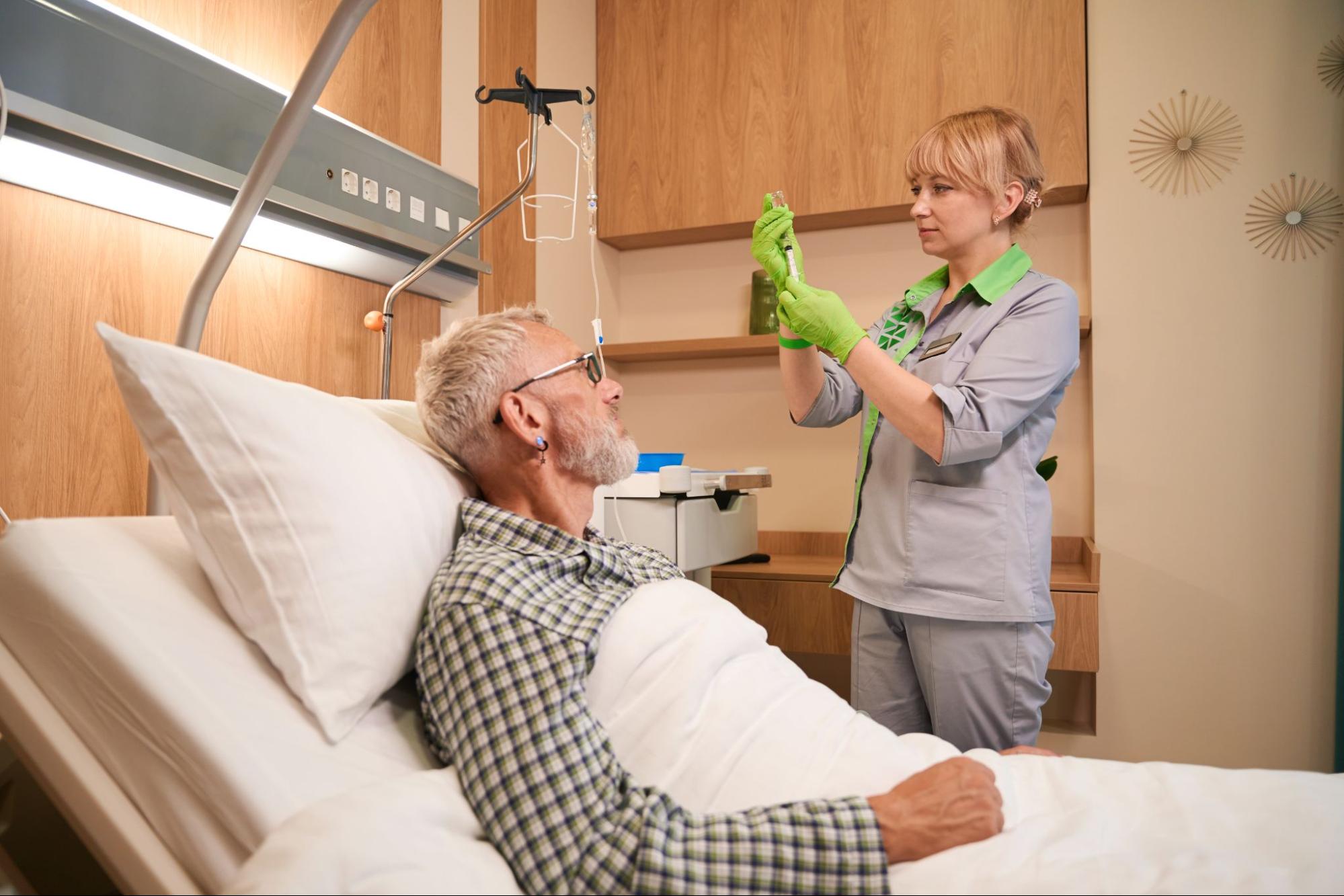
Do a Lot of People Have Pressure Ulcers?
Pressure ulcers, also known as bedsores or decubitus ulcers, are injuries to the skin and underlying tissue that occur when pressure is applied to a specific body area for an extended period. They typically develop in areas where bones are close to the skin, such as the heels, hips, and buttocks, especially in people who are bedridden or immobile. While pressure ulcers are often associated with patients in healthcare settings, they are a significant concern for a broad range of individuals, including those with chronic health conditions and older adults. This blog will delve into the prevalence of pressure ulcers, risk factors, and how they impact individuals and healthcare systems. We will also discuss strategies for prevention and treatment to help reduce their occurrence.
Understanding Pressure Ulcers
Pressure ulcers form when pressure on the skin reduces blood flow to the affected area, depriving the tissues of oxygen and nutrients. When the pressure is prolonged, it can damage the skin, blood vessels, and deeper tissues, leading to an open wound or ulcer. Pressure ulcers are categorized into four stages, depending on the severity of the damage:
Stage 1
In Stage 1 pressure ulcers, the skin remains intact but shows signs of irritation and early damage. When pressed with a finger, the affected area appears reddened and does not blanch (turn white)—an important early indicator of compromised blood flow. This stage may also be accompanied by warmth, firmness, swelling, pain, or itching. While no open wound is present, the tissue beneath the surface may already be under stress. With proper intervention—such as pressure relief, improved hygiene, and repositioning—Stage 1 ulcers can often be reversed before progressing.
Stage 2
Stage 2 pressure ulcers involve partial-thickness skin loss, meaning the damage has reached the outermost layer of skin (epidermis) and potentially into the underlying layer (dermis). The result may be an open, shallow wound or a fluid-filled blister. The area typically appears red or pink, and the exposed tissue may feel tender or painful. The skin barrier is compromised at this stage, making the wound more vulnerable to bacteria and infection. Prompt and appropriate care is critical to prevent the ulcer from deepening into more severe stages.
Stage 3
In Stage 3, the pressure ulcer has progressed to a full-thickness skin loss, extending into the subcutaneous fat tissue beneath the skin. The wound may appear like a deep crater or hollowed-out area, and surrounding tissue may show signs of damage or necrosis (dead tissue). While bones, muscles, and tendons are not yet exposed, Stage 3 ulcers carry a high risk of infection and may produce foul-smelling drainage or pus. Treatment at this stage may require debridement (removal of dead tissue), specialized dressings, and often medical supervision.
Stage 4
Stage 4 pressure ulcers are the most severe and dangerous. These wounds extend through all skin and fat layers, potentially exposing muscle, tendons, and even bone. The risk of severe infection, such as cellulitis, osteomyelitis (bone infection), or sepsis, is extremely high. The wound may appear large, with extensive tissue death, slough (yellowish dead tissue), or eschar (black, hardened tissue). Recovery at this stage is often prolonged and may involve surgical intervention, advanced wound care therapies, and long-term rehabilitation. Without prompt, aggressive treatment, Stage 4 ulcers can lead to life-threatening complications.
Who is Most at Risk for Developing Pressure Ulcers?
While anyone can develop a pressure ulcer, specific populations are at a higher risk. Older adults, particularly those who are bedridden or wheelchair-bound, are among the most vulnerable. Other individuals at increased risk include those with conditions that affect mobility, sensation, or circulation.
1. The Elderly Population
Pressure ulcers are especially common among older adults, particularly those who are frail, immobile, or have medical conditions that make it difficult for them to change positions regularly. Age-related factors such as thinning skin, reduced blood flow, and weakened tissue elasticity contribute to the elderly’s vulnerability to developing pressure ulcers. According to studies, approximately 2.5 million people in the United States experience pressure ulcers each year, with a significant portion of these individuals being elderly.
2. People With Limited Mobility
Individuals who are unable to move independently, such as those with spinal cord injuries, neurological disorders (like stroke or multiple sclerosis), or individuals recovering from surgery or major injuries, are at a heightened risk. For people who are unable to change positions frequently, pressure from body weight can restrict blood flow to certain areas of the body, leading to tissue damage.
3. People With Chronic Conditions
Certain chronic conditions can impair circulation, sensation, or tissue integrity, increasing the likelihood of developing pressure ulcers. For example, people with diabetes often have reduced circulation and nerve damage, which can lead to a higher risk of ulcers. Additionally, vascular diseases (such as peripheral artery disease) can affect blood flow, and individuals with incontinence are also more susceptible due to the skin’s prolonged exposure to moisture and friction.
4. Hospitalized Patients
Hospitalized patients, particularly those in intensive care units or long-term care settings, are at high risk of developing pressure ulcers. This is especially true for bedridden individuals or those who require assistance with movement. According to the National Pressure Ulcer Advisory Panel (NPUAP), pressure ulcers affect approximately 25% of hospitalized patients in certain healthcare settings.

How Common Are Pressure Ulcers?
Pressure ulcers are a significant health issue worldwide. According to the World Health Organization (WHO), they affect 10% to 18% of hospitalized patients. The prevalence is notably higher in long-term care facilities and among critically ill patients. In the United States alone, it is estimated that 2.5 million people develop pressure ulcers every year, costing the healthcare system billions of dollars in treatment and care. The National Institutes of Health (NIH) notes that pressure ulcers are common in healthcare settings, with estimates ranging from 3% to 12% of hospitalized patients developing one. The prevalence is higher in specific settings, such as nursing homes or long-term care facilities, where patients may spend prolonged periods being immobile.
The prevalence of pressure ulcers is not limited to hospitals and care facilities. Pressure ulcers can also occur in community settings, especially among individuals who have difficulty with mobility or self-care. For instance, older adults living in their homes, particularly those with limited physical or cognitive abilities, are also at risk of developing pressure ulcers.
The Number of Patients With Pressure Ulcers and Healthcare Costs
The financial impact of pressure ulcers on healthcare systems is substantial. The treatment and management of pressure ulcers in the U.S. is estimated to cost $9.1 billion annually. This treatment and management include the cost of wound care, hospital stays, surgical interventions, and rehabilitation. Pressure ulcers impact patients’ quality of life and lead to longer hospital stays, increased medical expenses, and the need for more intensive care. When a pressure ulcer develops, it may require more complex treatments, such as wound debridement (removal of dead tissue), the use of specialized dressings, and even surgical procedures in severe cases. The longer the wound remains untreated, the more costly and complicated its treatment becomes.
The Impact of Pressure Ulcers on Quality of Life
The physical and emotional toll of pressure ulcers on affected individuals cannot be underestimated. For many, they cause significant pain and discomfort, especially as the ulcers progress to deeper stages. In some cases, patients may experience constant pain or an inability to find a comfortable position. This pain and discomfort can interfere with daily activities, rest, and rehabilitation. In addition to the physical symptoms, pressure ulcers can also have a profound psychological impact. Many individuals with pressure ulcers experience feelings of frustration, embarrassment, and depression. The visible nature of the wounds can affect self-esteem, and chronic pain can lead to social isolation or a reduced quality of life.
Prevention and Treatment of Pressure Ulcers
While pressure ulcers are common, they are preventable with proper care and attention. Preventative strategies focus on relieving pressure, maintaining good skin hygiene, and promoting proper nutrition and hydration.
1. Relieving Pressure
The most effective way to prevent pressure ulcers is to relieve the pressure on vulnerable areas of the body. This relief can be performed by regularly repositioning the patient or individual to avoid prolonged pressure on any one spot. For bedridden patients, it is important to change positions every two hours or more frequently if needed. For individuals in wheelchairs, they should shift their weight every 15 minutes. In addition to repositioning, specialized mattresses and cushions can help distribute body weight more evenly and reduce pressure on specific areas. Pressure-relieving devices, such as foam pads, air mattresses, and gel cushions, are commonly used in hospitals, nursing homes, and homes to protect at-risk areas.
2. Maintaining Skin Hygiene
Good skin hygiene is essential for preventing pressure ulcers. Keeping the skin clean and dry helps prevent irritation and breakdown. This hygiene is crucial for individuals who experience incontinence or excessive moisture in certain areas. Gently cleaning the skin with mild soap and water, followed by applying a barrier cream, can protect the skin from damage.
3. Promoting Proper Nutrition
A well-balanced diet with adequate protein, vitamins, and minerals is critical for healthy skin and tissue repair. Malnutrition or dehydration can compromise the skin’s integrity and impair healing. For individuals at risk of pressure ulcers, ensuring adequate protein, vitamin C, and zinc intake can support tissue healing and prevent the formation of ulcers.
4. Regular Monitoring
For individuals at high risk of pressure ulcers, it is important to regularly assess the skin for signs of damage, especially in high-risk areas such as the heels, hips, and buttocks. Early detection of any redness, swelling, or skin breakdown can lead to earlier intervention and more effective treatment.

Pressure Ulcers: A Significant Health Concern for Many
Pressure ulcers are a significant and widespread health concern that affects millions of people each year. While certain populations are at higher risk, the prevalence of pressure ulcers remains a global issue in healthcare settings, nursing homes, and among individuals with chronic conditions or limited mobility. However, the risk of pressure ulcers can be minimized with proactive care, effective prevention strategies, and early intervention. Preventing and treating pressure ulcers improves the physical well-being of affected individuals, enhances their quality of life, and reduces the financial burden on healthcare systems. By maintaining proper skin hygiene, promoting mobility, using pressure-relieving devices, and ensuring good nutrition, we can work to prevent these painful and costly injuries from developing.
For more expert insights on wound care, amniotic graphs, regenerative therapies, and overall wellness, be sure to explore the Stem Health Plus blog. Our articles are designed to keep you informed, empowered, and proactive about your health.
